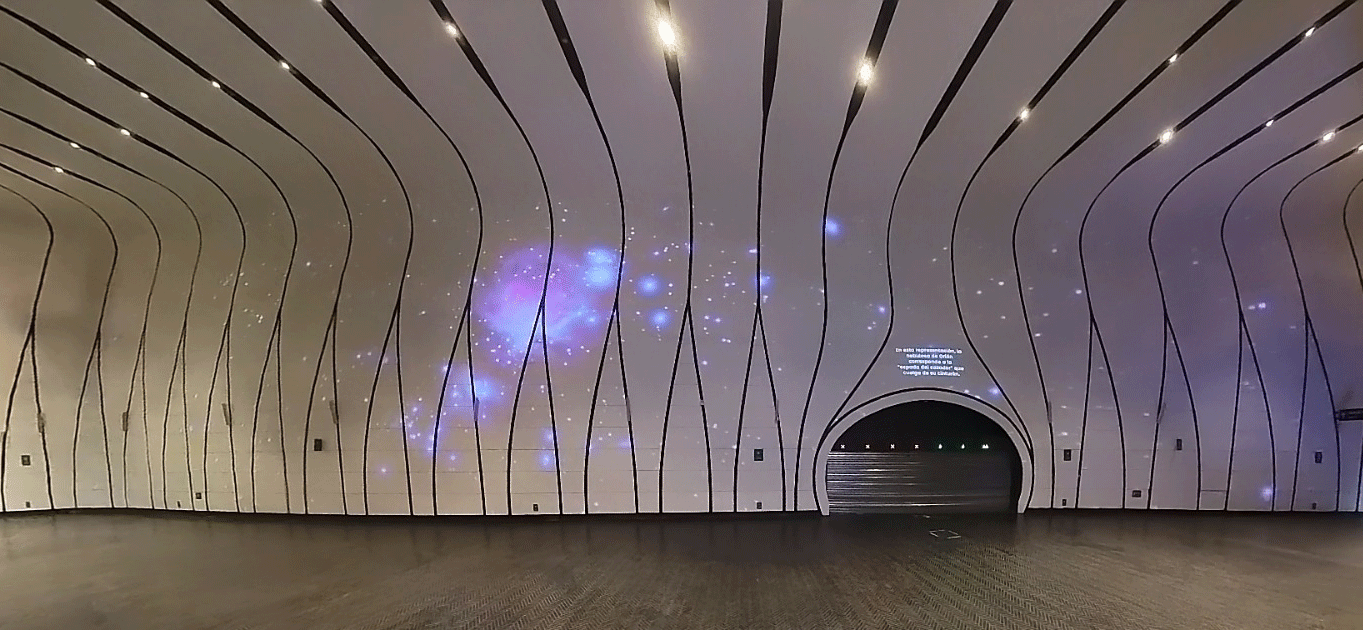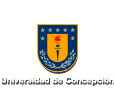[:en]A few weeks ago, a group of researchers from the Carnegie Institution for Science in Washington found indications that WISE J0855-0714, the coldest brown dwarf ever discovered, was surrounded by an ice cloud, conclusions that were corroborated by a group of MAS astronomers and whose results were published in Astronomy & Astrophysics Letters.
WISE J0855-0714 was only discovered at the beginning of this year, surprising the international astronomical community for being the coldest object found so far, “just” 7.3 light years from the Earth. This brown dwarf, named for being too small to produce nuclear reactions in its core and being called a star, was discovered by Kevin Luhman, an astronomer at Pennsylvania State University using images from NASA’s WISE infrared space telescope.
Just a few weeks ago, Jaqueline Faherty, an astronomer at the Carnegie Institution for Science in Washington discovered that this object was surrounded by ice clouds, the first evidence of water clouds outside our solar system. This finding was corroborated by observations from a group of national researchers, led by experts from the Millennium Institute of Astrophysics.
“What we did was observe this same object studied before, but with a filter more towards the blue using the Very Large Telescope (VLT). We were surprised that where it should have been we didn’t find it, which indicates that the conclusion that it was surrounded by ice clouds was correct. Despite being so close to the Earth, the difficulty in observing it lies in its very low temperature (lower than -20C) which allows the formation of such water clouds,” Juan Carlos Beamin states, an astronomer at the MAS and the European Southern Observatory (ESO) and who was part of this research.
According to Beamin, the main contribution of this new study is that it characterizes WISE J0855-0714 even more, which will allow in the future to contrast models of cold brown stars and dwarfs with real data. “Until this moment, astronomers made models for very cold objects, but they didn’t have data to check if they were correct. At the moment, the more we know about WISE J0855-0714 the more we can know how these models behave and that is why what we are doing is providing more and more details of this object”, he concludes.
Researchers from MAS Juan Carlos Beamin, Dante Minniti, Radostin Kurtev, Mariusz Gromadzki and René Méndez collaborated in this research, as well as researchers from the Max Planck Institute in Germany, the Institute of Physics and Astronomy at Universidad de Valparaíso, the CNRS at the University of Lyon, the Institute of Astrophysics of Canarias, the Astrophysics Department at the University of La Laguna and the Spanish Astrobiology Centre.
Photo: Science
Complete paper at the following link: http://arxiv.org/abs/1408.5424[:es]Hace algunas semanas un grupo de investigadores del Carnegie Institution for Science in Washington encontraron indicios de que WISE J0855-0714, la enana café más fría descubierta hasta ahora, estaba rodeada por una nube de hielo, conclusiones que fueron corroboradas por un grupo de astrónomos pertenecientes a MAS y cuyos resultados fueron publicado en Astronomy & Astrophysics Letters.
WISE J0855-0714 fue descubierta recién a principios de este año, sorprendiendo a la comunidad astronómica internacional, por ser el objeto más frío encontrado hasta ahora, a “sólo” 7.3 años luz de la Tierra. Esta enana café, denominada así por ser demasiado pequeña para producir reacciones nucleares en su núcleo y ser llamada una estrella, fue descubierta por Kevin Luhman, astrónomo de la Pennsylvania State University usando imágenes del telescopio espacial infrarrojo WISE de la NASA.
Sólo hace algunas semanas, Jaqueline Faherty, astrónoma del Carnegie Institution for Science in Washington descubrió que este objeto estaba rodeado de nubes de hielo, la primera evidencia de nubes de agua fuera de nuestro sistema solar. Este hallazgo fue corroborado por las observaciones de un grupo de investigadores nacionales, liderados por expertos del Instituto Milenio de Astrofísica.
“Lo que nosotros hicimos fue observar este mismo objeto antes estudiado, pero con un filtro más hacia el azul usando el Very Large Telescope (VLT). Nos sorprendió que ahí donde tendría que haber estado no lo encontramos, lo que nos indica que la conclusión de que estaba rodeado de nubes de hielo era correcta. A pesar de ser tan cercano a la Tierra, la dificultad en observarlo radica en su muy baja temperatura (menor que -20C) la cual permite la formación de dichas nubes de agua”, señala Juan Carlos Beamin, astrónomo del MAS y del European Southern Observatory (ESO) quien fue parte de esta investigación.
Según Beamin, el principal aporte de este nuevo estudio es que caracteriza aún más a WISE J0855-0714 lo que permitirá en el futuro poder contrastar modelos de estrellas y enanas marrones frías con datos reales. “Hasta este momento, los astrónomos elaboraban modelos para objetos muy fríos, pero no tenían datos para comprobar si estos eran correctos. En estos momentos, mientras más sepamos de WISE J0855-0714 más podemos saber cómo se comportan estos modelos y es por eso que lo que estamos haciendo es aportar cada vez más detalles de este objeto”, concluye.
En esta investigación colaboraron los investigadores del MAS Juan Carlos Beamin, Dante Minniti, Radostin Kurtev, Mariusz Gromadzki y René Méndez, además de investigadores del Instituto Max Planck de Alemania, el Instituto de Física y Astronomía de la Universidad de Valparaíso, del CNRS de la Universidad de Lyon, del Instituto de Astrofísica de Canarias, del Departamento de Astrofísica de la Universidad de la Laguna y del Centro de Astrobiología de España.
Foto: Science
Paper completo en el siguiente link http://arxiv.org/abs/1408.5424[:]












